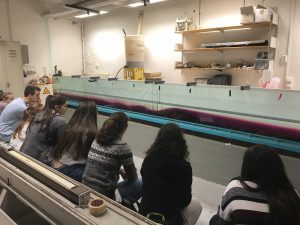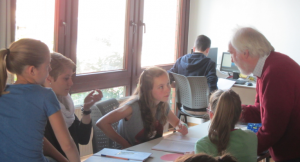
“Transforming the lowest-performing students: an intervention that worked” — Deslauriers et al. (2012)
iEarth has started a journal club! And the first article to be read is about “Transforming the lowest-performing students: an intervention that worked”. My summary below :-)

